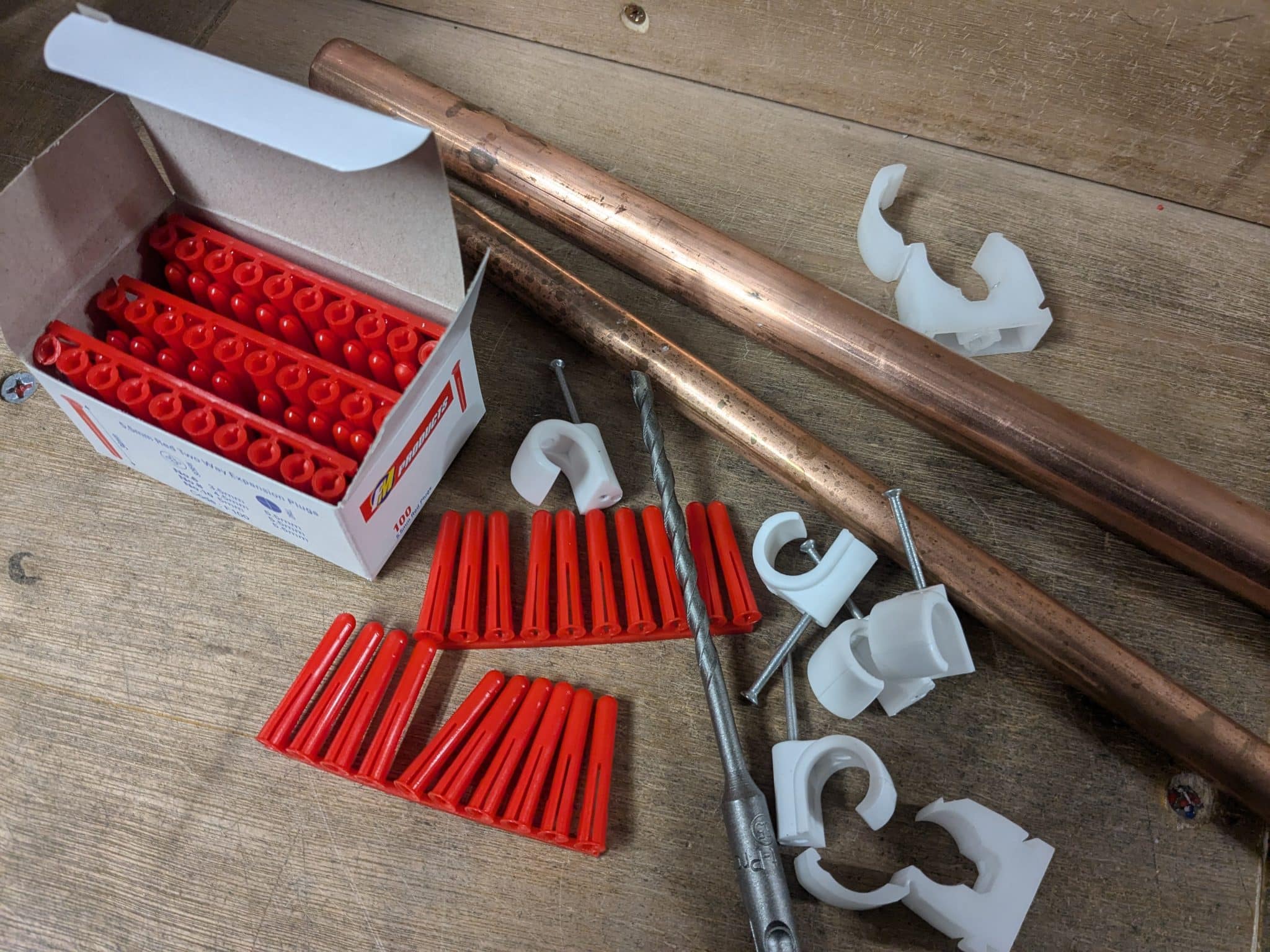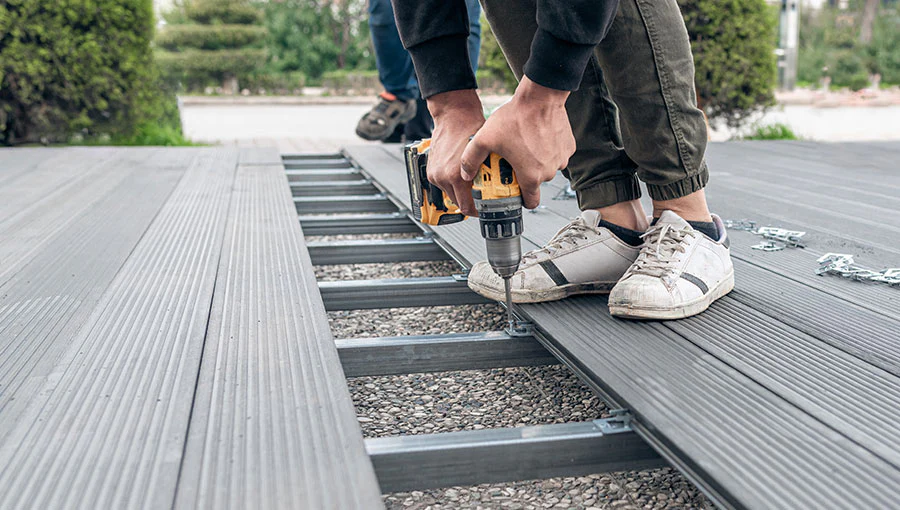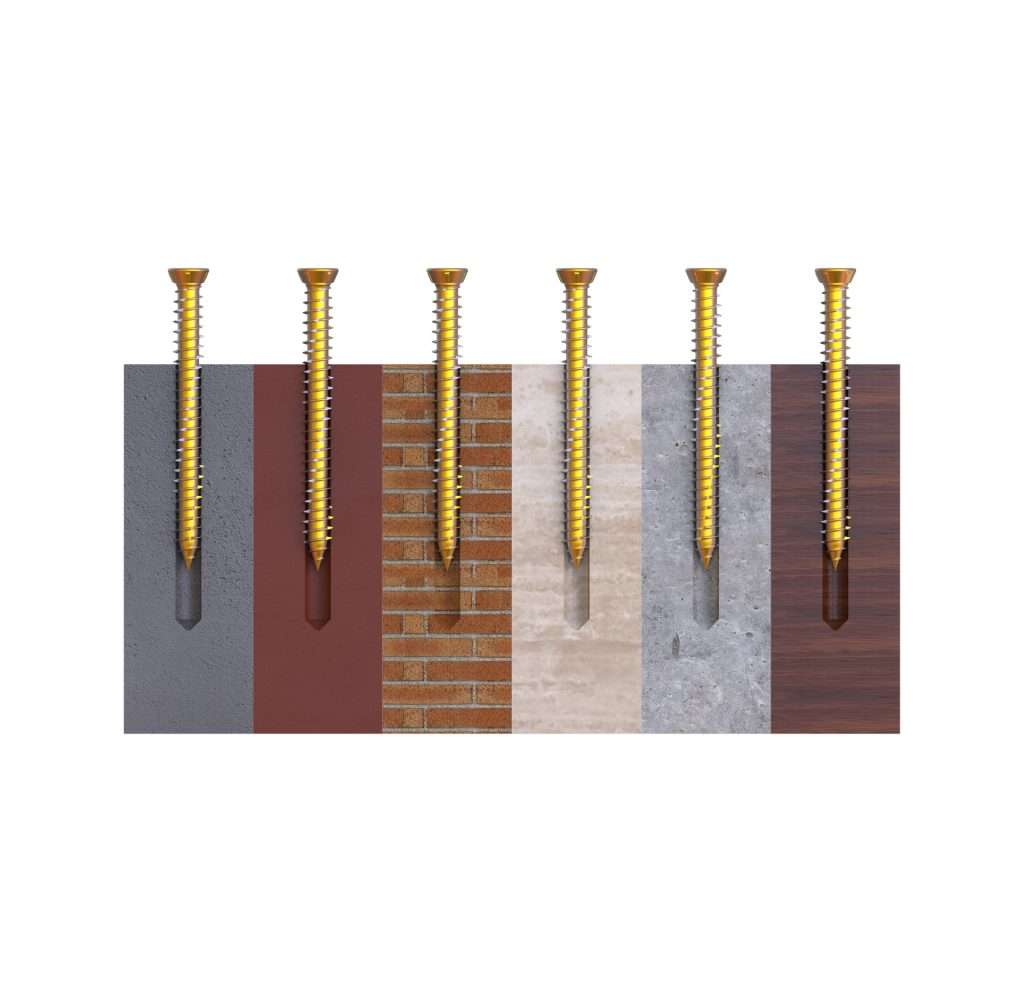You may encounter various challenges when using FM Products Clip Link Single Pipe Clips for your projects. Understanding these obstacles and how to address them effectively can ensure your installations are secure and efficient. By following these expert tips, you can enhance your experience and minimise the potential risks associated with improper usage. Whether it’s ensuring the correct sizing or securing pipes in tight spaces, this guide will empower you to tackle any challenge with confidence.
Key Takeaways:
- Compatibility: Ensure that the Clip Link Single Pipe Clips are suitable for the specific type and size of pipes you are using, to avoid fitment issues.
- Installation Techniques: Employ proper installation techniques to enhance stability and prevent pipe movement, which can lead to damage.
- Material Selection: Choose clips made from robust materials that can withstand environmental factors such as temperature fluctuations and moisture.
- Regular Maintenance: Conduct regular inspections and maintenance on the clips to ensure they remain secure and functional over time.
- Expert Guidance: Seek advice from professionals when faced with particularly challenging installations or if you are unsure about the best practices.
Understanding FM Products Clip Link Single Pipe Clips
The FM Products Clip Link Single Pipe Clips are designed to offer reliable support and secure attachment for various pipe installations. These clips ensure that your pipes remain stable and firmly positioned, reducing the risk of movement that can lead to potential damage or leaks. With their innovative design, these clips cater to a wide range of applications across several industries, making them a versatile choice for your plumbing or heating requirements.
Features and Benefits
 Below are some key features that highlight the benefits of using FM Products Clip Link Single Pipe Clips. These clips are made from high-quality materials, providing durability and resistance to wear and tear. Their easy installation and adjustable design allow for flexibility, ensuring a perfect fit for various pipe sizes. Moreover, they are lightweight yet robust, which helps reduce overall installation time and effort.
Below are some key features that highlight the benefits of using FM Products Clip Link Single Pipe Clips. These clips are made from high-quality materials, providing durability and resistance to wear and tear. Their easy installation and adjustable design allow for flexibility, ensuring a perfect fit for various pipe sizes. Moreover, they are lightweight yet robust, which helps reduce overall installation time and effort.
Key Applications
At the heart of the FM Products Clip Link Single Pipe Clips’ appeal is their wide range of applications. These clips are suitable for both domestic and commercial settings, including plumbing, heating, and air conditioning systems. You can effectively use them to secure pipes in residential builds, industrial sites, and even in street works, enhancing the stability and integrity of your installations.
But understanding the key applications extends beyond just what you can see. For plumbing systems, these clips enable precise alignment and support, minimising the risk of pipe stress. In heating systems, they ensure that pipes remain securely in place, decreasing the potential for dangerous leaks. Additionally, in air conditioning systems, these clips help maintain optimal airflow and energy efficiency, maximising your system’s performance. Utilising FM Products Clip Link Single Pipe Clips in these scenarios is important for performance and safety.
Common Challenges Faced
You may encounter several common challenges when using FM Products Clip Link Single Pipe Clips, from installation difficulties to concerns about durability. Understanding these issues is key to ensuring optimal performance and longevity of the clips in your systems. Tackling these problems head-on will help streamline your projects and enhance overall efficiency.
Installation Issues
Faced with varied pipe sizes and types, you might struggle with proper installation of the clips. Ensuring that each clip fits securely and is evenly spaced can be challenging, particularly in tight spaces or amidst complex pipe networks. Proper planning and adjustments during the installation phase can significantly ease these obstacles.
Durability Concerns
Installation of FM Products Clip Link Single Pipe Clips is straightforward, yet you may still worry about their long-term performance in different environments.
In fact, the durability of the clips is exceptionally important for your projects. If exposed to extreme temperatures, corrosion or high levels of stress, failure to maintain structural integrity may occur. Choosing clips made from high-quality materials can significantly mitigate the risk of premature wear and ensure safety and reliability.
Expert Tips for Successful Installation
Many users encounter challenges during the installation of Clip Link Single Pipe Clips. To ensure a smooth process, consider the following tips:
- Ensure accurate measurements for proper fit
- Use appropriate tools for the job
- Follow manufacturer’s guidelines closely
Preparation and Planning
One of the most significant steps in your installation process is effective preparation and planning. Assess your workspace, gather all necessary materials, and create a detailed timeline for installation. This will help you stay organised and focused throughout the project, minimising the potential for mistakes.
Tools and Techniques

For instance, using a laser level can significantly enhance the accuracy of your installation, ensuring that the Clip Link Single Pipe Clips are aligned perfectly. Be cautious when handling power tools; always follow safety guidelines to prevent accidents. Additionally, incorporating a stud finder can help identify the best spots for securing your clips, leading to a more stable installation.
Maintenance Best Practices
Despite the durability of FM products Clip Link Single Pipe Clips, regular maintenance is important to ensure their optimal performance. Adopting proper maintenance best practices will help you identify potential issues before they escalate, prolonging the lifespan of your pipe clips and maintaining the integrity of your installation.
Routine Inspections
Below are key actions you should take during routine inspections. Consistently check for any signs of damage, loosening, or corrosion on your pipe clips. Look out for misalignment or signs of strain that could indicate improper installation or overloading. Ensuring these clips are securely fastened can save you from more significant issues in the future.
Addressing Wear and Tear
To effectively manage wear and tear, you must assess the condition of your pipe clips regularly. These clips may degrade over time due to environmental factors or physical stress. Proactively replacing worn clips will help maintain your system’s integrity and functionality.
Tear and wear can lead to severe consequences if left unchecked. Regularly inspect your pipe clips for signs of corrosion, cracks, or physical deformation. If you spot any of these issues, it is vital to act promptly and replace the affected clips to prevent potential leaks or failures. Ensuring replacements are carried out using high-quality products will reinforce the reliability of your installation and ensure safety in your environment.
Troubleshooting Common Problems
For users of FM Products Clip Link Single Pipe Clips, encountering issues can be frustrating. Understanding how to diagnose and resolve these problems effectively is key to maintaining your installation’s functionality and safety. Regular checks and awareness of potential challenges can ensure peak performance and longevity of your pipe clips.
Identifying Issues
Between subtle leaks and improper fittings, identifying issues with your pipe clips is important. Look for signs such as water damage or misalignments that can indicate a problem. Taking note of any unusual sounds or movements in the pipes can also help you pinpoint potential issues before they escalate.
Effective Solutions
Solutions for the problems identified can often be straightforward. Begin by tightening fittings to eliminate leaks, ensuring the clips are snug against the pipes. If misalignment is present, adjusting the alignment of the clips can significantly enhance stability. Regular maintenance checks will also prolong the lifespan of your installations.
Consequently, by taking prompt action on identified issues, you can avoid more severe complications. Addressing leaks immediately prevents water damage, while consistent realignment guarantees that your pipes remain securely in place. Engaging in routine inspections reinforces your system’s integrity, ultimately leading to enhanced safety and performance in your projects.
Case Studies: Success Stories
Keep in mind these successful implementations of Clip Link Single Pipe Clips:
- Project A: Reduced installation time by 30% in a large residential complex.
- Project B: Improved durability in a commercial building, leading to a 15% decrease in maintenance costs.
- Project C: Enhanced safety in an industrial site, with zero incidents reported over a year.
- Project D: Increased energy efficiency by 20% in a refurbished plant.
Residential Applications
Along your journey in home renovations, the use of Clip Link Single Pipe Clips can make a significant difference. Homeowners have reported smoother installations and improved aesthetic appeal, ensuring that pipes are neatly secured while still allowing for easy access during maintenance.
Industrial Applications
Around the industrial sector, the application of Clip Link Single Pipe Clips has proved beneficial in streamlining operations and enhancing safety standards. These clips are specifically designed to hold pipes firmly in place, reducing the risk of leaks and damages.
Plus, in industrial environments, utilising Clip Link Single Pipe Clips has emerged as a noteworthy solution. The durability of these clips can withstand extreme conditions, ensuring that infrastructure remains intact and operational. This reliability has led to a 40% reduction in downtime and significant savings on repair costs. Notably, the enhanced safety measures have contributed to a decrease in workplace accidents, further solidifying their importance in industrial applications.
Conclusion
So, by following the expert tips outlined above, you can effectively overcome the common challenges associated with FM products like Clip Link Single Pipe Clips. Ensuring proper installation and maintenance will enhance the durability and performance of your systems. Remain attentive to your specific project needs and adapt your approach accordingly, as this proactive mindset will significantly improve your overall results.
FAQ
Q: What are the common challenges faced when using FM Products Clip Link Single Pipe Clips?
A: Common challenges include improper alignment during installation, inadequate support leading to pipe sagging, and difficulty in making adjustments once installed. These issues can often result in leaks, reduced efficiency, or damage to the piping system. To overcome these challenges, it is vital to ensure that the clips are installed correctly and are appropriately spaced to provide adequate support throughout the length of the pipe.
Q: How can I ensure a secure installation of Clip Link Single Pipe Clips?
A: To achieve a secure installation, start by selecting the right size of the clips for your pipes. Ensure that the surface where the clips will be fixed is clean and free from any debris. Use sufficient support brackets, and check that the clips are firmly attached and tightened without over-tightening, which can lead to deformation. It is also advisable to use a level during installation to maintain proper alignment and avoid tension on the pipes.
Q: Are there any maintenance tips for long-lasting performance of FM Products Clip Link Single Pipe Clips?
A: Regular inspections are key to ensuring the longevity of the clips. Check for signs of corrosion, wear, or loosening over time, especially in environments with high humidity or chemical exposure. Lubricating any moving parts can help prevent wear, while ensuring that the clips remain firmly in place. If adjustments are needed, do so promptly to maintain optimal performance and minimize potential issues with the piping system.



